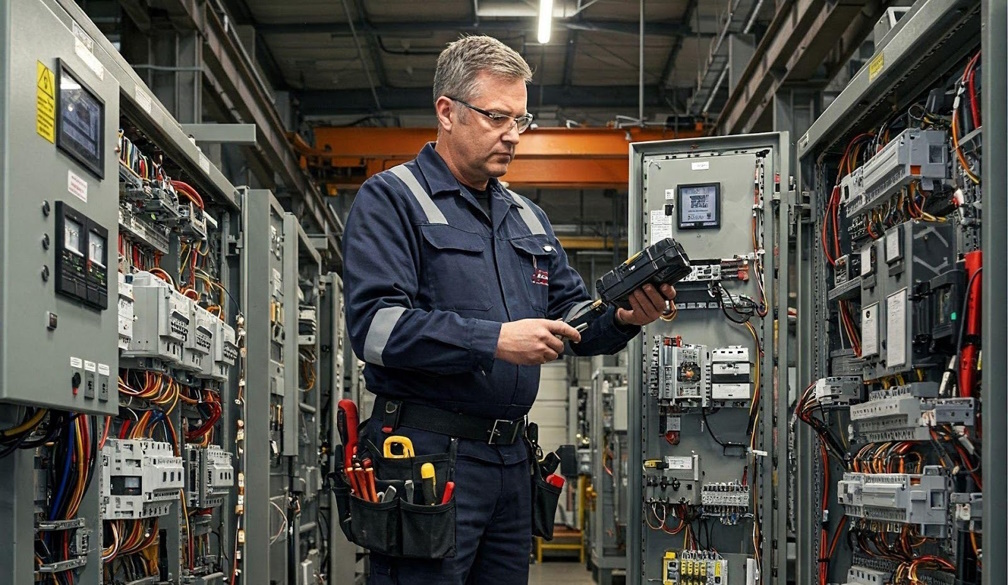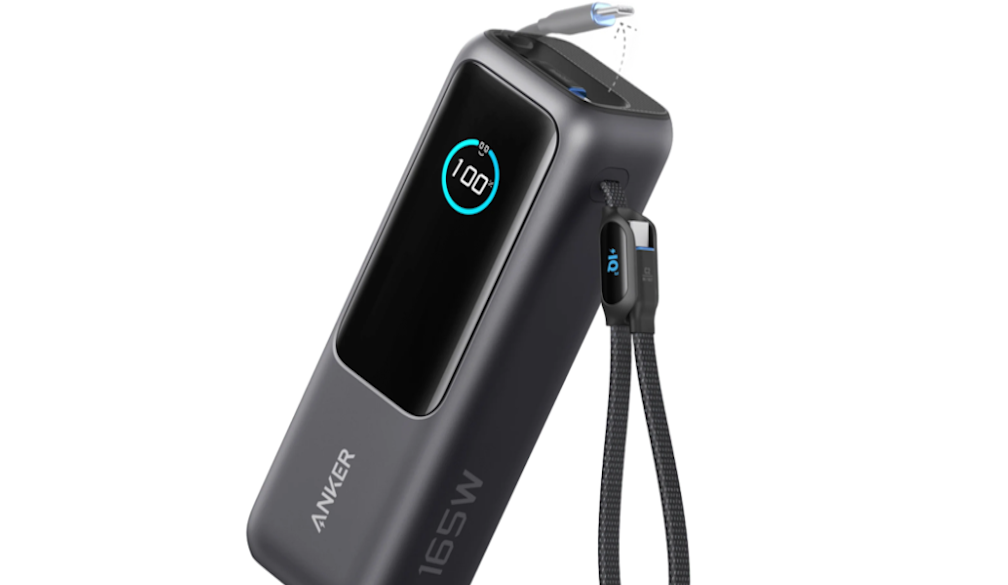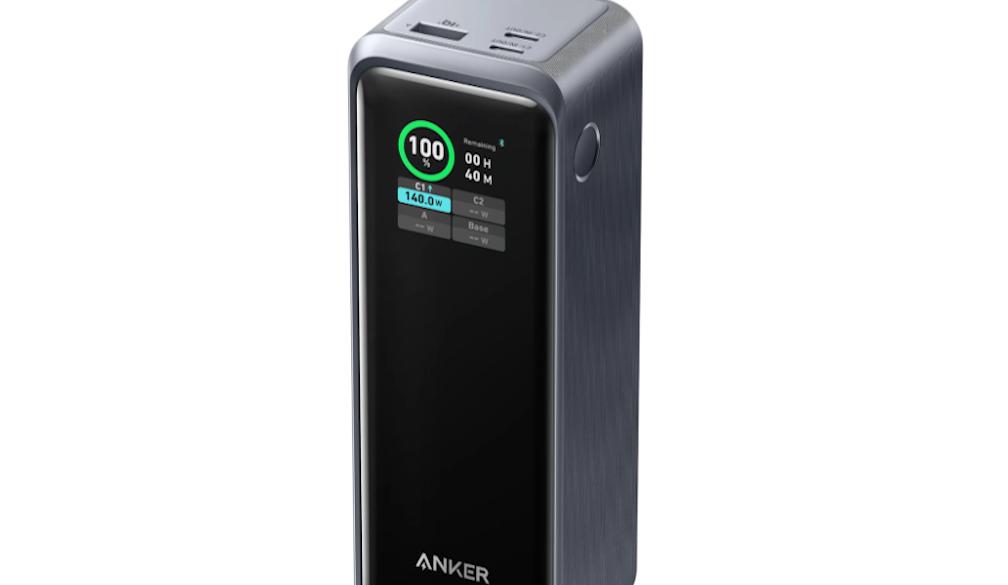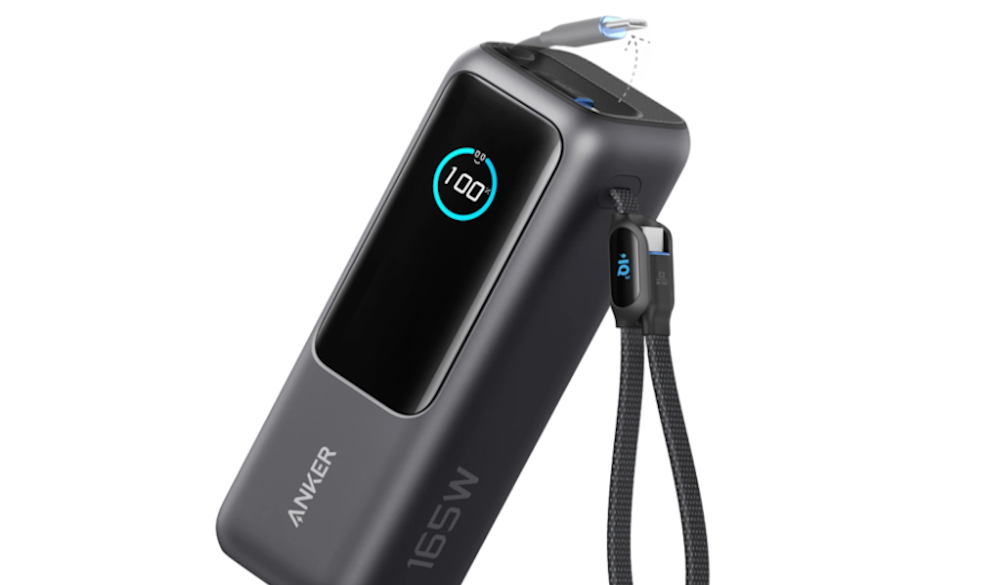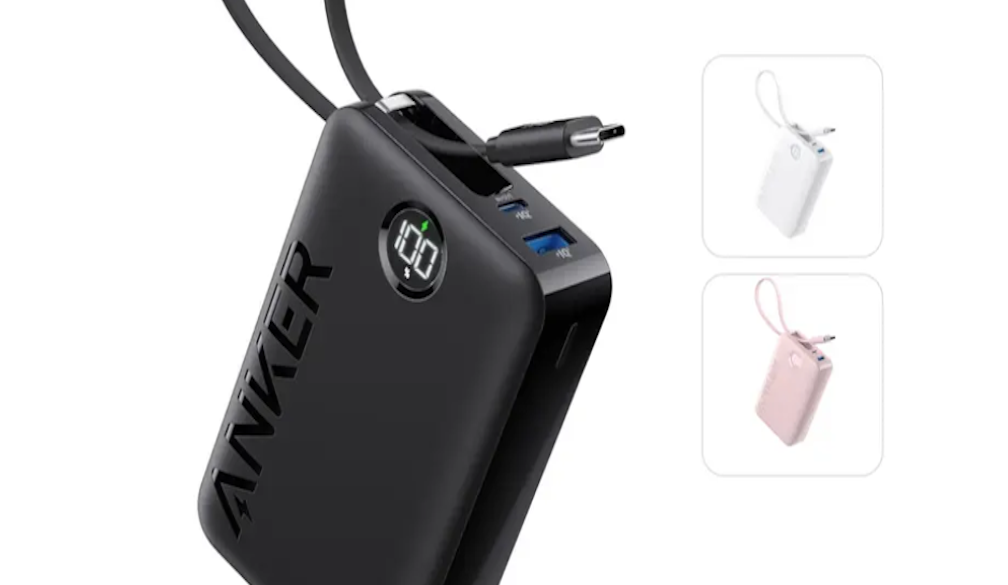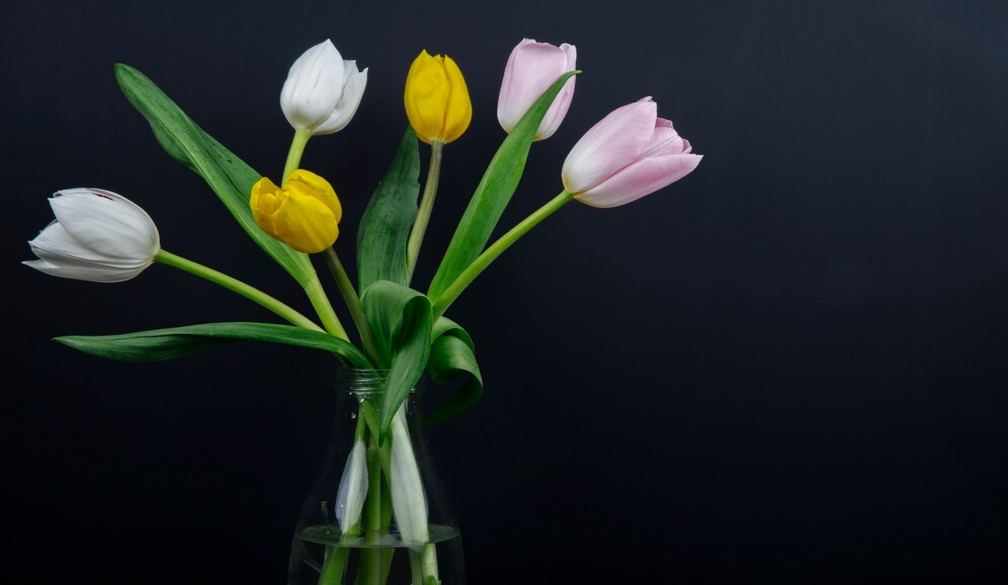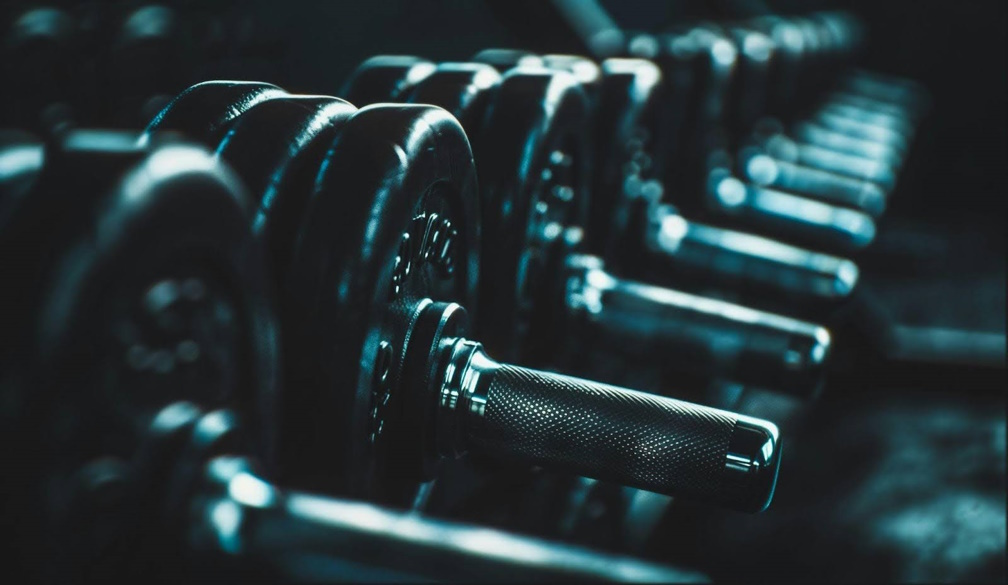Billionaires are building bunkers and buying islands. But are they prepping for the apocalypse – or pioneering a new feudalism?
- Written by Katherine Guinness, Lecturer in Art History, The University of Queensland
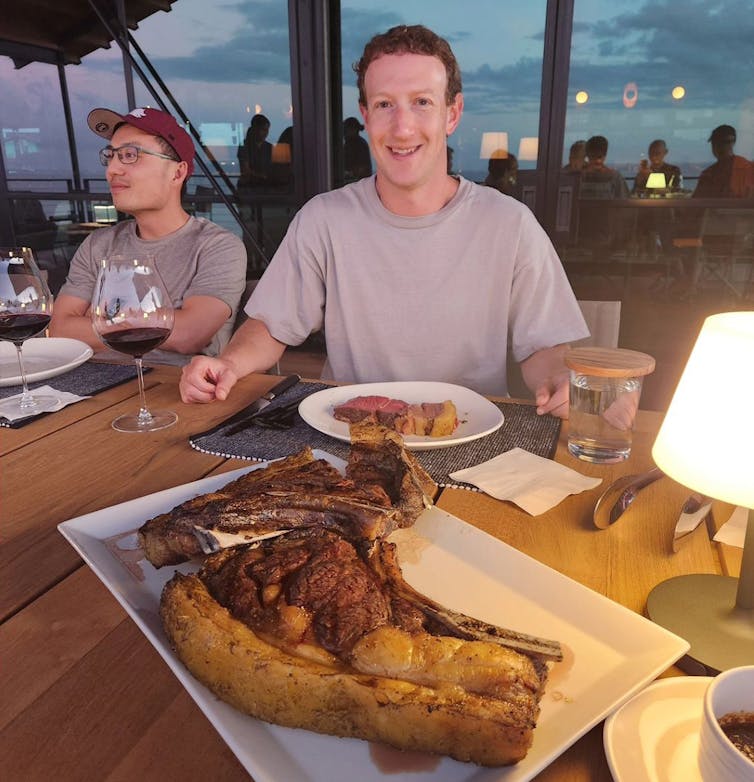
In December 2023, WIRED reported that Mark Zuckerberg, the billionaire CEO of Meta and one of the foremost architects of today’s social-media-dominated world, has been buying up large swathes of the Hawaiian island Kauai.
Zuckerberg and his wife, Priscilla Chan, are constructing a gigantic compound – known as Ko’olau Ranch – on this land, which will most likely cost over A$400 million to complete.
This estate stretches over 5,500,000 square metres, is surrounded by a two-metre wall and is patrolled by numerous security guards driving quad bikes on nearby beaches. Hundreds of local Hawaiians work on Zuckerberg’s property. But precisely how many, and what they actually do, is concealed by a binding nondisclosure agreement.
WIRED’s subheading hones in on the fact that Zuckerberg’s Ko’olau Ranch includes plans for a “massive underground bunker”. This seems to be the detail that piques the interest of reporters and conspiracy theorists alike.
People are asking not only “Why is Mark Zuckerberg building a private apocalypse bunker in Hawaii?”, but also “What do the [billionaires] know?” and “What is going to happen in 2024 that they are not telling us?”.
Beyond the bunker fixation
Doomsday bunkers are becoming a common sight in contemporary apocalypse-themed US pop culture, from The Last of Us and Tales from the Walking Dead to the recent Netflix film, Leave the World Behind.
At the same time, public interest in the (increasingly lucrative) bunker industry is fanned by lurid headlines such as “Billionaires’ Survivalist Bunkers Go Absolutely Bonkers With Fiery Moats and Water Cannons”.
But other pieces of infrastructure on Kauai are arguably more deserving of our attention: several oversized mansions, with the combined footprint of a football field; at least 11 treehouses connected by rope bridges; machinery dedicated to water purification, desalination and storage.
Meanwhile, the Facebook billionaire posts “relatable” content on Instagram from his humble ranch, such as a pic of “Zuck” about to tuck into a massive side of grilled beef.
Zuck informs his followers he’s now ranching his own cattle, feeding them with macadamia nuts grown on the ranch and beer brewed there as well. “Each cow eats 5,000-10,000 pounds of food each year, so that’s a lot of acres of macadamia trees,” he (or one of his assistants) writes.
As two of us argue in our forthcoming book, The Influencer Factory, this kind of ersatz “down to earth” social media presence is actually an example of “a new transformation in capitalism, in which the logic of the self is indistinguishable from the logic of the corporation”.
Accompanying a picture of his child digging a hole in the ground, one of the most powerful (and least accountable) men in the world comments:
My daughters help plant the mac trees and take care of our different animals. We’re still early in the journey and it’s fun improving on it every season. Of all my projects, this is the most delicious.
Other plans from Zuckerberg and Chan include wildlife preservation, native plant restoration, organic turmeric and ginger farms, and partnerships with conservation experts in Kauai to preserve and protect the native flora and fauna. These activities will have far more material impact on Kauai than the bunker, no matter how many rooms it might have.
Read more: Doomsday bunkers, Mars and 'The Mindset': the tech bros trying to outsmart the end of the world
An ecosystem of one’s own
The founder of Facebook isn’t the only billionaire building gigantic compounds in Hawaii. Oprah Winfrey purchased a 163-acre estate in Maui back in 2002, and has bought further plots of land since then, totalling over 650,000 square metres.
Larry Ellison, the co-founder of tech company Oracle, purchased almost all of the Hawaiian island Lanai in 2012. Two years ago, the billionaire Frank VanderSloot purchased a 2,000 acre ranch just south of Zuckerberg’s.
As high net worth individuals move in, locals already living on the land are increasingly priced out or even forcibly displaced – an unfortunate side effect of Hawaii’s complex land rights, where indigenous ownership and stewardship is often not legally recognised.
At first blush, these tycoons might seem to be “prepping” for a familiar 20th-century style apocalypse, as depicted in countless disaster movies. But they’re not.
Oracle founder Larry Ellison purchased ‘almost all’ of the Hawaiian island Lanai.Yes, their vast estates do include bunkers and other technologies traditionally associated with prepping. For example, the mansions of Ko’olau Ranch are connected through underground tunnels that feed into a large shelter.
However, Zuckerberg, Winfrey, Ellison and others are actually embarking on far more ambitious projects. They are seeking to create entirely self-sustaining ecosystems, in which land, agriculture, the built environment and labour are all controlled and managed by a single person, who has more in common with a mediaeval-era feudal lord than a 21st-century capitalist.
Welcome (back) to feudalism
Some have argued the tech industry has invented a new form of “technofeudalism” or “neofeudalism” that depends on “data colonization” and the corporate appropriation of personal data.
We agree, but also suggest what’s going on in Hawaii is actually aligned with traditional understandings of feudalism. As Joshua A. T. Fairfield, author of Owned: Property, Privacy and the New Digital Serfdom, puts it:
In the feudal system of medieval Europe, the king owned almost everything, and everyone else’s property rights depended on their relationship with the king. Peasants lived on land granted by the king to a local lord, and workers didn’t always even own the tools they used for farming or other trades like carpentry and blacksmithing.
Here it’s easy to see a contrast between Ko’olau Ranch and earlier attempts by billionaires to build bunkers to “escape” some future cataclysm.
Take, for instance, libertarian venture capitalist and PayPal co-founder Peter Thiel’s failed attempts to build an elaborate, bunker-like underground lodge in Aotearoa New Zealand’s South Island, taking up more than 73,700 square metres of land. The plan was rejected because of hostilities between Thiel and the local council.
What we see with Zuckerberg’s project isn’t an overt conflict between billionaire and community. In Kauai, members of a community have consented, or conceded, to grant a plutocrat the stewardship of their land, in the name of preservation. This is a business model that leads directly (back) to feudalism.
This insight is lost in the media’s obsession with the “craziest features” of Zuckerberg’s Hawaiian folly. Rather, what is emerging among billionaires is a belief that survival depends not (only) on hiding out in a reinforced concrete hole in the ground, but (also) on developing, and controlling, an ecosystem of one’s own.
It’s all too easy to assume that, because some of the world’s richest people are buying up estates on remote islands and fitting them out with bunkers, they must be privy to some secret inside information. But the truth is simpler, and more brutal, than that. Billionaires are building elaborate properties … because they can.
Mark Zuckerberg’s net worth in 2024 is an almost unfathomable A$260 billion. A $400 million Hawaiian fortress, extravagant as it might be, represents less than 0.2% of his total wealth. As a percentage, this is comparable to a household with a net worth of $1,000,000 (the average net worth in Australia) spending just $1,540.
These back-of-a-napkin calculations make it clear that members of the billionaire bunker club don’t have to “believe” in the likelihood of apocalypse or imminent social collapse in any committed or meaningful sense (as self-declared “doomster” Jem Bendell does).
Instead, since they have far more money than they know what to do with, they may as well use a small fraction of it to build underground fortresses. Bill Gates, for example, owns at least eight properties in the US alone and, according to the Hollywood Reporter, “is rumored to have underground security areas under every one of his homes”.
Rich prepper, poor prepper
On the other hand, the less disposable income someone has, the more any serious attempts to “prepare for the future” will disrupt their lives in the here and now.
Prepping culture makes little sense in countries like India or Cambodia or Yemen, where severe poverty is widespread and hundreds of millions of people are already surviving in conditions that might seem “apocalyptic” to privileged westerners.
Closer to home, for middle-class people who can’t afford to own multiple properties, a decision to live on a potentially “safe” island would necessitate moving there permanently, in the process passing up opportunities to earn income elsewhere.
If your disposable income is roughly $5,000 or $10,000 per year, and you hope to purchase a Rising S “Standard Bomb Shelter Base Model”, this would set you back a little over $150,000. You would have to dedicate your entire working life to this project.
Maybe this is why, during the early weeks of lockdowns in 2020, there was a rush of ordinary people bulk-buying toilet paper. It was the least expensive, most convenient way to amass a significant-looking stockpile in a hurry. People could feel like they were “taking action” during an otherwise overwhelming situation.
Meanwhile, our obsession with the mega-bunkers of the mega-rich is part of a broader cultural trend, in which ordinary – read: poor – people pretend to make fun of “crazy” billionaires, while furtively aspiring to uber-wealthy status themselves.
This ideological shell game allows us to (fleetingly) acknowledge the damage runaway global inequality is doing to social cohesion and the viability of our ecosystems.
In a voyeuristic fantasy, we can project ourselves to the very top of the inequality pyramid, just for a moment. A convergence of industries that prey on our collective insecurities occurred in 2021, when Texan bunker salesman Ron Hubbard appeared on an episode of Keeping up with the Kardashians, and audiences got to watch Kim and Khloé go bunker shopping.
On an episode of Keeping up the with the Kardashians, they go bunker shopping.That the Australian public is fascinated by Zuckerberg and other billionaires’ spare mansions at a historical moment when our housing affordability crisis is reaching unprecedented levels is particularly telling, and galling.
Meanwhile, for the actual billionaires, bunkers are just a small part of a “diversified portfolio” of bets against the future.
Other well known schemes include investing in space travel, cryonics (freezing your body in the hopes of a future reincarnation), mind uploading, and in Peter Thiel’s case, flirting with parabiosis – transfusing young people’s blood into your own veins.
For billionaires, putting money into such projects doesn’t mean they’re crazy, or paranoid, or in possession of some special secret knowledge about the future. It simply means they’ve amassed such colossal surpluses of wealth, they may as well use it for something.
Authors: Katherine Guinness, Lecturer in Art History, The University of Queensland









